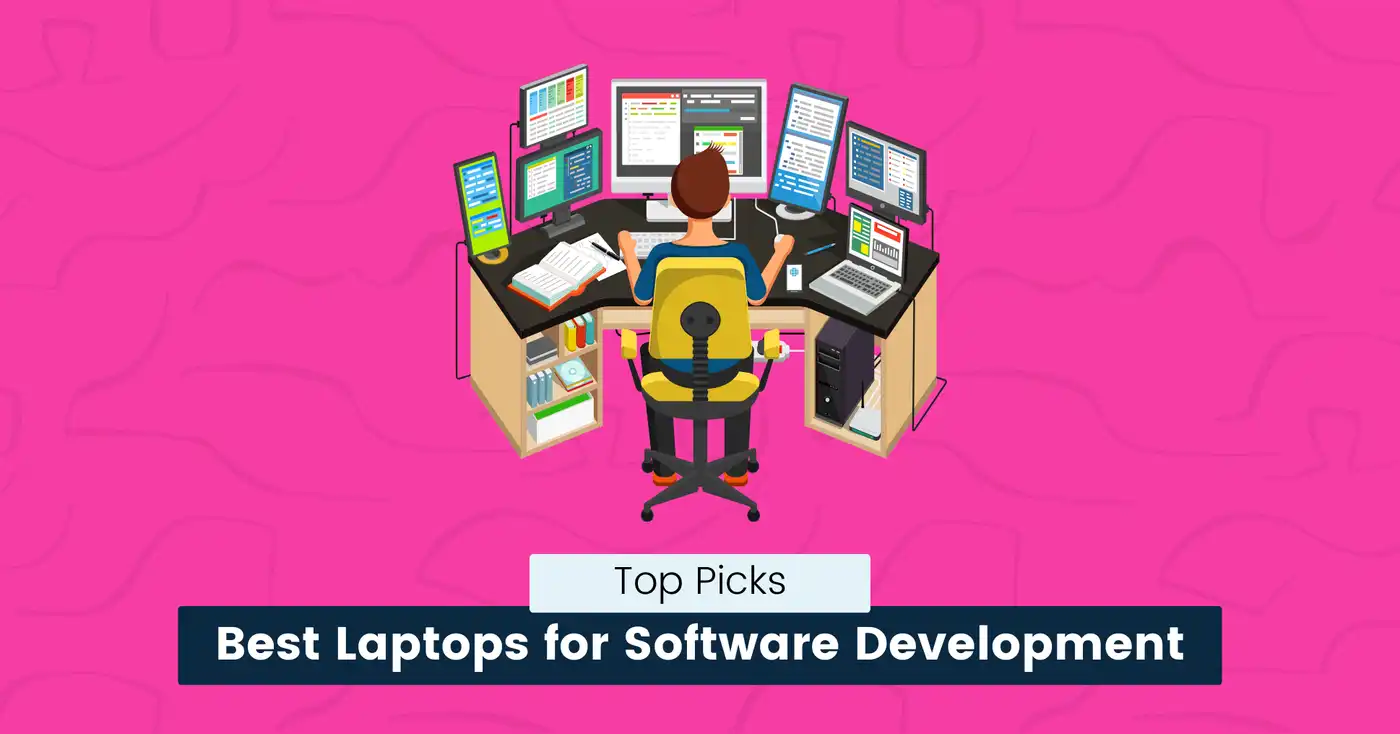
6 Best Laptops for Software Development (2025)
Choosing the right laptop for software development is a big decision.
You need a reliable laptop built for comfort and speed when you spend your days coding.
Your machine must be capable of running complex programs and managing heavy IDEs without slowing down.
The wrong choice can lead to poor performance, frequent crashes, or even compatibility issues with your tools.
These problems can make even simple tasks harder and cost you time and money.
We’ve worked hard for you and selected the best laptops for developers, considering different use cases and pricing.
Whether building large-scale applications, testing software, or working remotely, these laptops provide the power and speed to handle heavy workloads and keep you coding without distraction.
Let’s get started.
How to Choose the Best Laptop for Software Development?
Choosing the best programming laptop can be challenging, especially with so many available options.
Your laptop is more than just a device; it’s your primary workspace where you write, test, and debug code.
Whether you are a beginner or an experienced developer, your chosen laptop can significantly impact your productivity and workflow.
Let’s break down the essential features and specifications you should look for and why they matter.
Processor
The processor handles all the commands you send to your laptop, so you’ll need a fast processor for programming, especially if you work on large projects or with complex applications.
The more powerful the CPU, the faster your computer performs heavy tasks like compiling code or running virtual machines.
What to look for:
- Go for at least an Intel Core i5 for a Windows laptop.
- For faster execution and resource-intensive tasks like game development, AI, or data analysis, consider the Intel Core i7/i9 or the M1 and M2 processors (8-core CPUs) for MacBook.
RAM
RAM is the computer’s short-term memory that determines how fast your laptop will be at multitasking and running memory-heavy applications.
The higher its capacity, the faster your laptop can run multiple applications simultaneously without slowing down.
What to look for:
- Minimum: 8GB for lightweight programming tasks.
- Ideal: 16GB, best for tasks with much space.
- Maximum: 32GB or more for large datasets or graphic-intensive gaming app development.
Storage
Storage influences capacity and performance and lets you download apps, save files, and update software.
Modern laptops usually have SSDs (solid-state drives), which are much faster than traditional HDDs (hard disk drives).
What to look for:
- Never buy a laptop with an HDD as the primary storage.
- Choose a high-capacity SSD storage with at least 512GB space or more.
Display
Screen size and resolution are crucial components for long coding sessions.
A good display reduces eye strain and helps you read and write code comfortably for extended periods.
Using a large screen (or two screens) enables you to keep as much information on the screen as possible, reducing the frequency of alt-tabbing and context switching with multiple windows displayed side-by-side.
What to look for:
- Screen size: 15–17 inches for a balance between portability and productivity.
- Resolution: Full HD (1920x1080) for sharp and clear visuals. A higher resolution (2K or 4K) is ideal for UI/UX design or front-end development.
- Avoid a glossy screen as it increases eye strain if the brightness is not high enough.
snappify will help you to create
stunning presentations and videos.
Keyboard
A comfortable and responsive keyboard is essential since you’ll be typing for hours.
What to look for:
- Look for a laptop with a standard layout and well-spaced keys with good key travel to reduce errors during fast typing.
- Backlit keys: Helpful for working in low light conditions.
Graphics Card
You don’t need a dedicated graphics card for most coding tasks, as integrated GPUs built into the processor are sufficient.
However, a dedicated GPU is required for more advanced use cases, such as game development, 3D modeling, or AI/ML projects.
What to look for:
- For graphics-intensive applications, the NVIDIA GeForce RTX series is a good choice.
- For a more budget-friendly option, consider Intel Arc.
Port Selection
A good selection of ports allows you to connect all your external devices without adapters, which is especially useful for developers who use multiple monitors.
What to look for:
- USB-C and USB-A ports.
- Connect external monitors using DisplayPort (DP), Thunderbolt, or HDMI. DP is better for using multiple monitors with high-performance displays.
Battery Life
Most modern laptops do not have a long battery life, especially if you use them for high-performing tasks like programing.
Also, you won’t always be near a power outlet, and a long-lasting battery will keep you productive during meetings, conferences, or travel.
What to look for:
- At least 8–12 hours of battery life for portability.
- Look for fast-charging features if battery life is limited.
Specific Use Cases
Here’s a general idea if you need a laptop for specific use cases:
Web Development:
- You can use any laptop for coding.
- Focus on a lightweight laptop with 32GB RAM and a high-resolution display for working on designs and code simultaneously.
- If you use virtual machines to simulate other operating systems or servers, ensure the processor (Intel or AMD) supports virtualization. This is essential for both backend and full-stack developers.
Mobile App Development:
- If you’re developing native iOS apps, you’ll need a macOS device, like Apple MacBook Pro.
- Android developers should look for laptops with high RAM and strong processors to handle emulators efficiently.
Game Development or AI Projects:
- Choose a laptop with an Intel or AMD processor and dedicated Nvidia graphics for smooth rendering and simulations.
Data Science and Machine Learning:
- Prioritize a laptop with a dedicated GPU for training models, a high-capacity SSD, and at least 32GB RAM for working with large datasets.
6 Best Laptops for Developers
Now that you know what features to consider when buying a programming laptop, let’s look at our top choices.
Note: The mentioned laptops have extreme specs. You don’t need to buy such laptops. You can go below these devices, which will also work great for your programming needs.
Apple MacBook Pro 16-inch (M4 Pro)
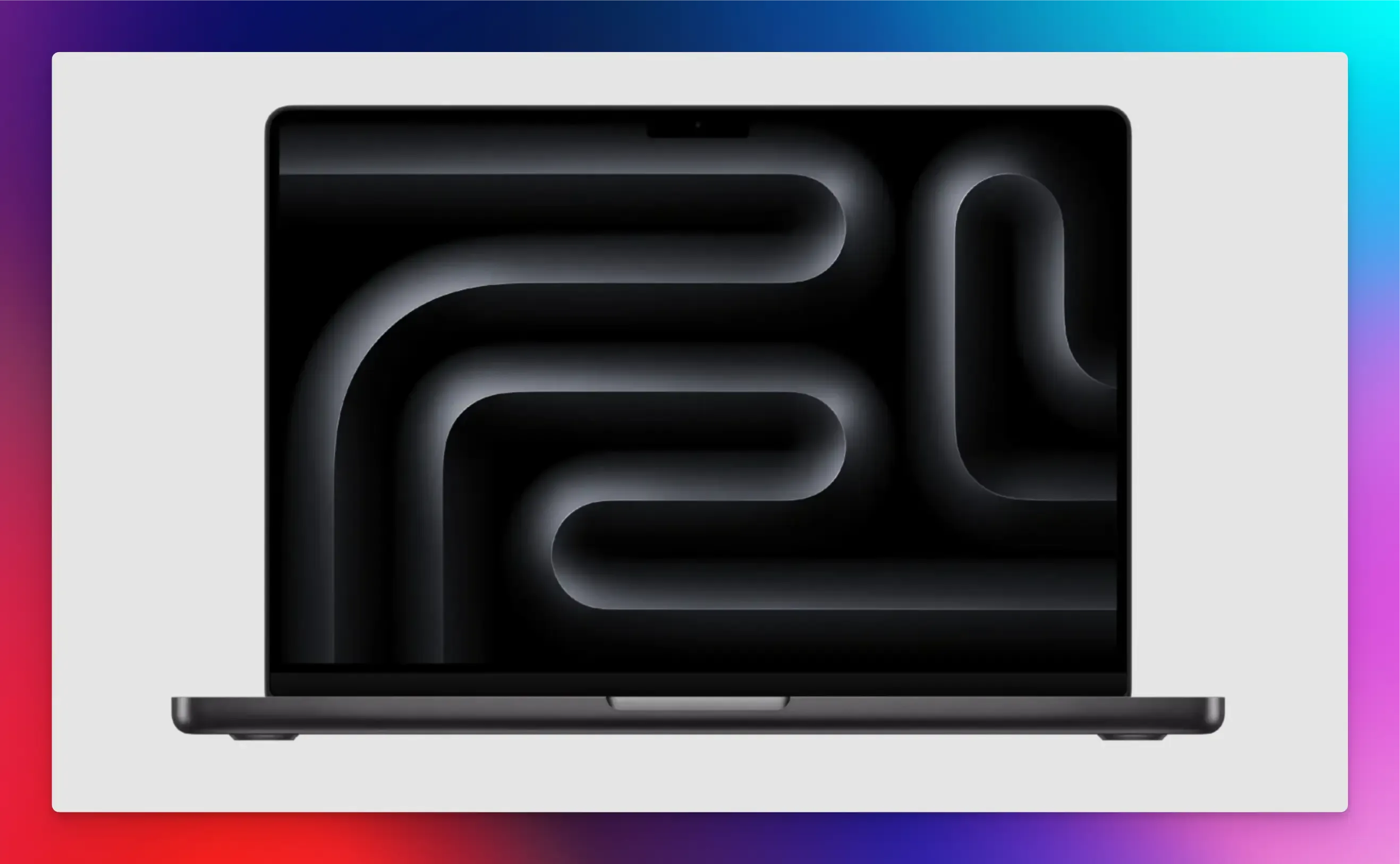
The MacBook Pro 16” is the best choice for developers working in the Apple ecosystem or those developing iOS/macOS applications.
Its long battery life, high-resolution and exceptional performance make it ideal for heavy development tasks.
- Processor: Apple M4 Pro (14-core)
- RAM: 48GB
- Storage: Up to 8TB SSD
- Display: 16.2” 3456×2234 resolution, Mini LED display
- Battery Life: Up to 24 hours
Pros:
- Powerful performance and long battery life.
- Comfortable keyboard with a good webcam.
- High-resolution, color-accurate display.
Cons:
- It can be expensive for some people.
- Limited to the macOS ecosystem.
Price: Starting at $2,899.
Lenovo Yoga Pro 9i 16″
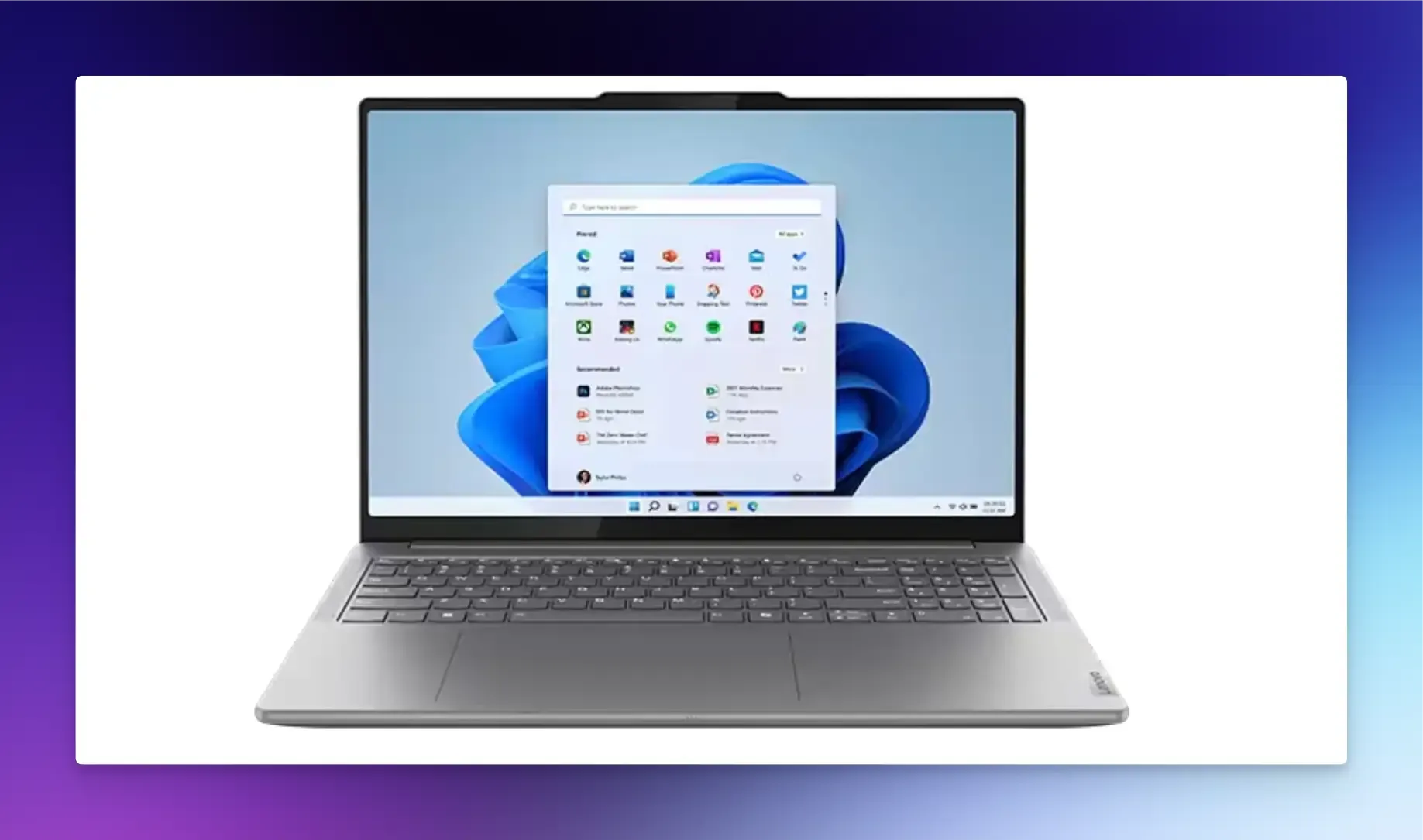
Lenovo Yoga Pro 9i 16 is perfect for developers who need both power and performance in a premium package.
- Processor: Intel Core i9 (14-core, up to 5.4 GHz)
- GPU: NVIDIA GeForce RTX 4060 (8GB GDDR6)
- RAM: 32GB
- Storage: 1TB PCIe Gen4 SSD
- Display: 16” 3200 x 2000, 120Hz Mini-LED display
- Battery Life: Up to 10 hours
Pros:
- Suitable for multiple use cases.
- High-quality touchscreen.
- Powerful processor for coding.
Cons:
- Relatively heavy compared to standard ultrabooks.
- Fans can get loud under heavy loads.
Price: Starting at $1,799.
ASUS ProArt P16
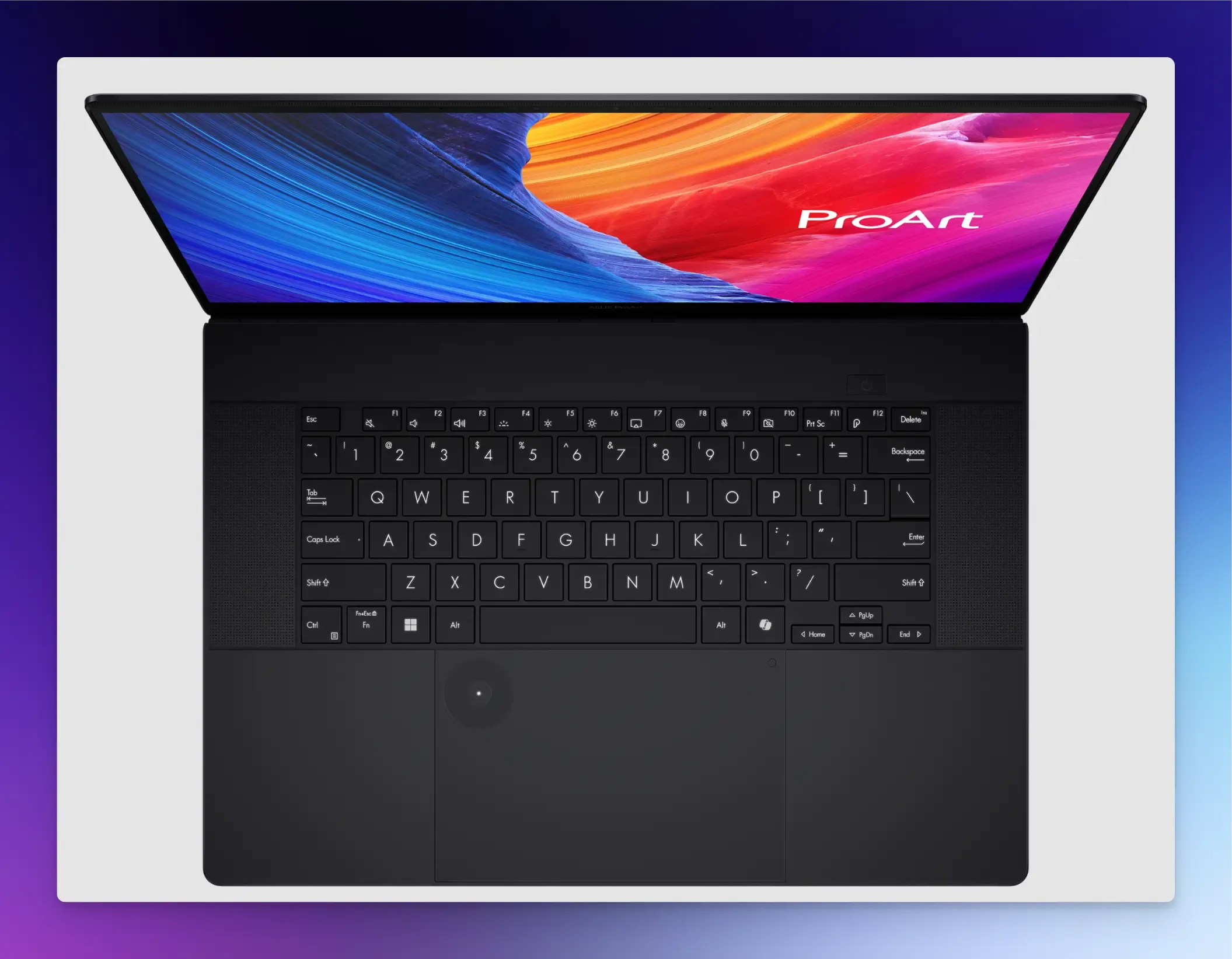
ProArt P16 is another great choice for professional developers requiring significant computational and visual capabilities.
Its remarkable performance, stunning display, and specialized features make it an ideal tool for productivity.
- Processor: AMD Ryzen AI 9 HX 370 (12 cores, up to 5.1GHz)
- GPU: NVIDIA GeForce RTX 4070 (professional-grade graphics card)
- RAM: 32GB
- Storage: Up to 2TB PCIe SSD
- Display: 16” 4K (3840 x 2400) OLED HDR display
- Battery Life: Up to 7 hours (depending on workload)
Pros:
- Exceptional performance and professional-grade graphics.
- Stunning 4K display with high color accuracy.
Cons:
- Less portable compared to lighter laptops.
- Shorter battery life due to powerful specs.
Price: Starting at $2,509.
Apple MacBook Air 13-inch (M3)
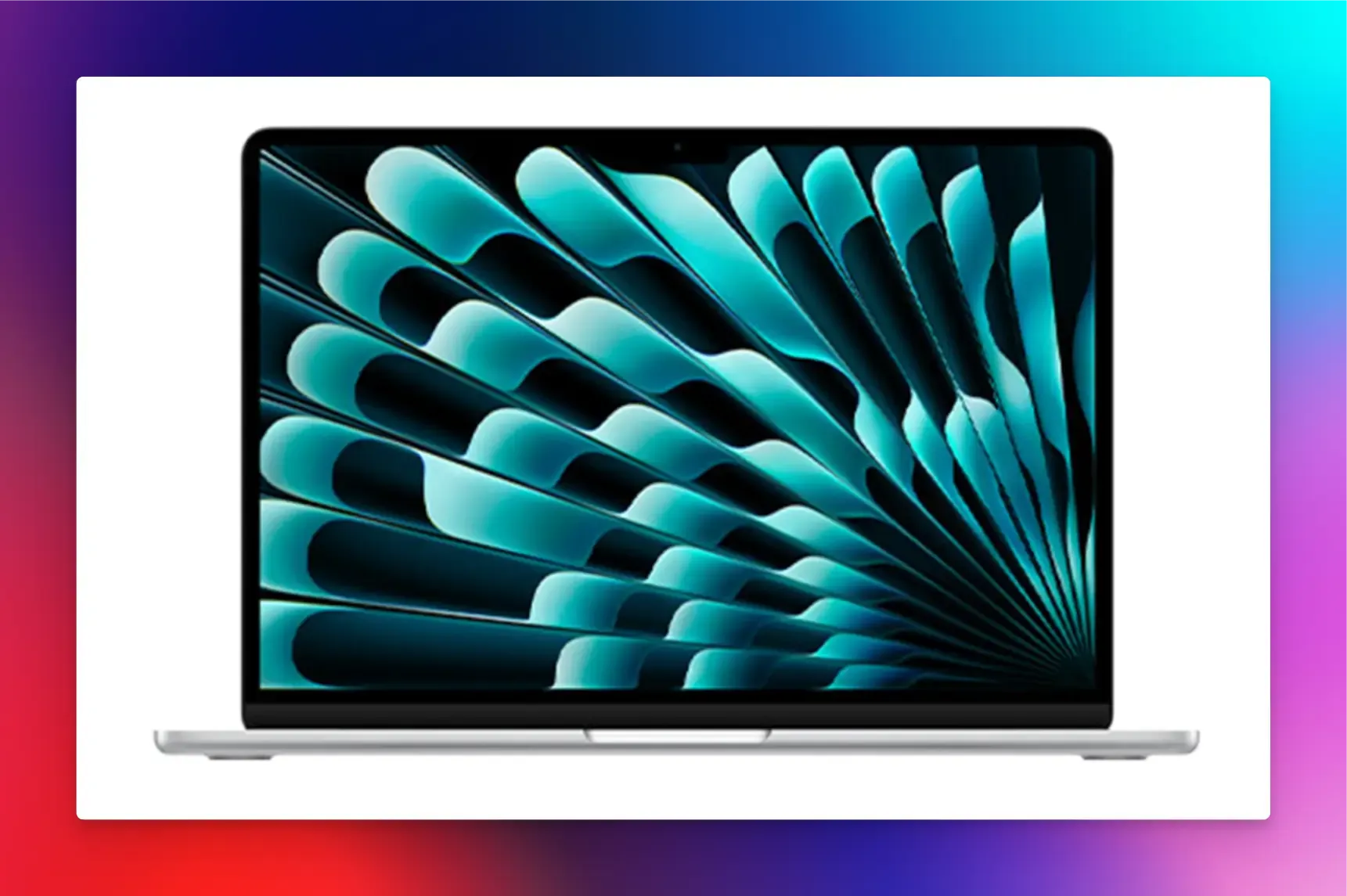
The MacBook Air 13” is ideal for developers who want a slim, powerful, and versatile laptop.
Its performance and graphics make it suitable for most development tasks, including web, mobile, and general-purpose software development.
- Processor: Apple M3 chip (8-core CPU, 10-core GPU)
- RAM: Up to 24GB unified memory
- Storage: 256GB to 2TB SSD
- Display: 13.6”, 2560x1664 , Liquid Retina display
- Battery Life: Up to 18 hours
Pros:
- Fanless design for distraction-free work.
- Lightweight with very good battery life.
Cons:
- The base model has limited specs.
- Only two Thunderbolt/USB-C ports.
Price: Starting at $1099.
Lenovo ThinkPad X1 Carbon Gen 12
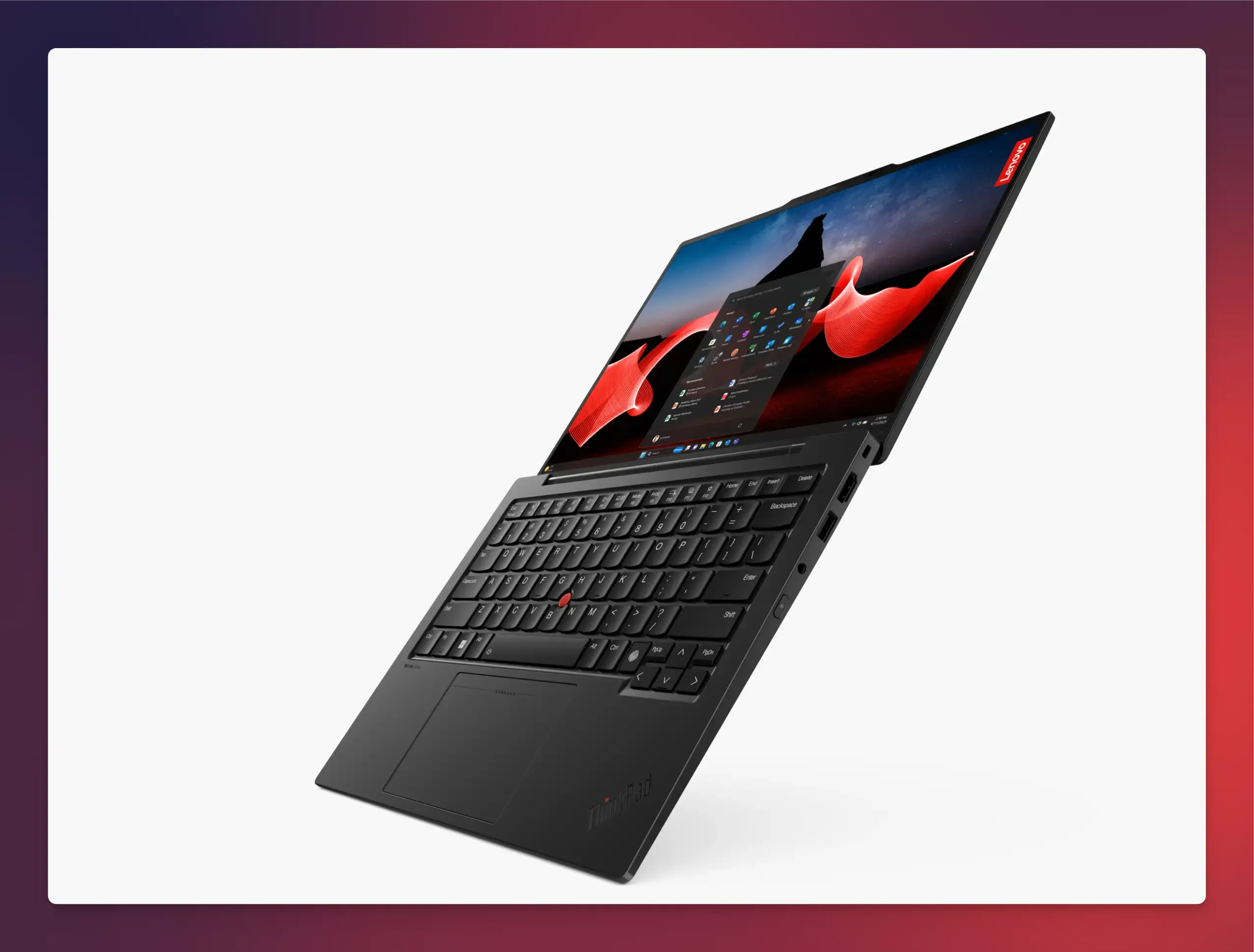
The ThinkPad X1 Carbon is known for its durability and excellent keyboard, making it another great choice for developers prioritizing portability and enterprise-level security.
- Processor: Intel Core Ultra 7
- RAM: 16 to 32GB
- Storage: Up to 1TB SSD
- Display: 14” 1920 x 1200, 60Hz IPS
- Battery Life: 14–16 hours
Pros:
- Lightweight and durable.
- Excellent keyboard quality and long battery life.
Cons:
- Integrated graphics may limit performance.
- Limited port selection.
Price: Starting at $1,374.
ASUS ROG Zephyrus G16
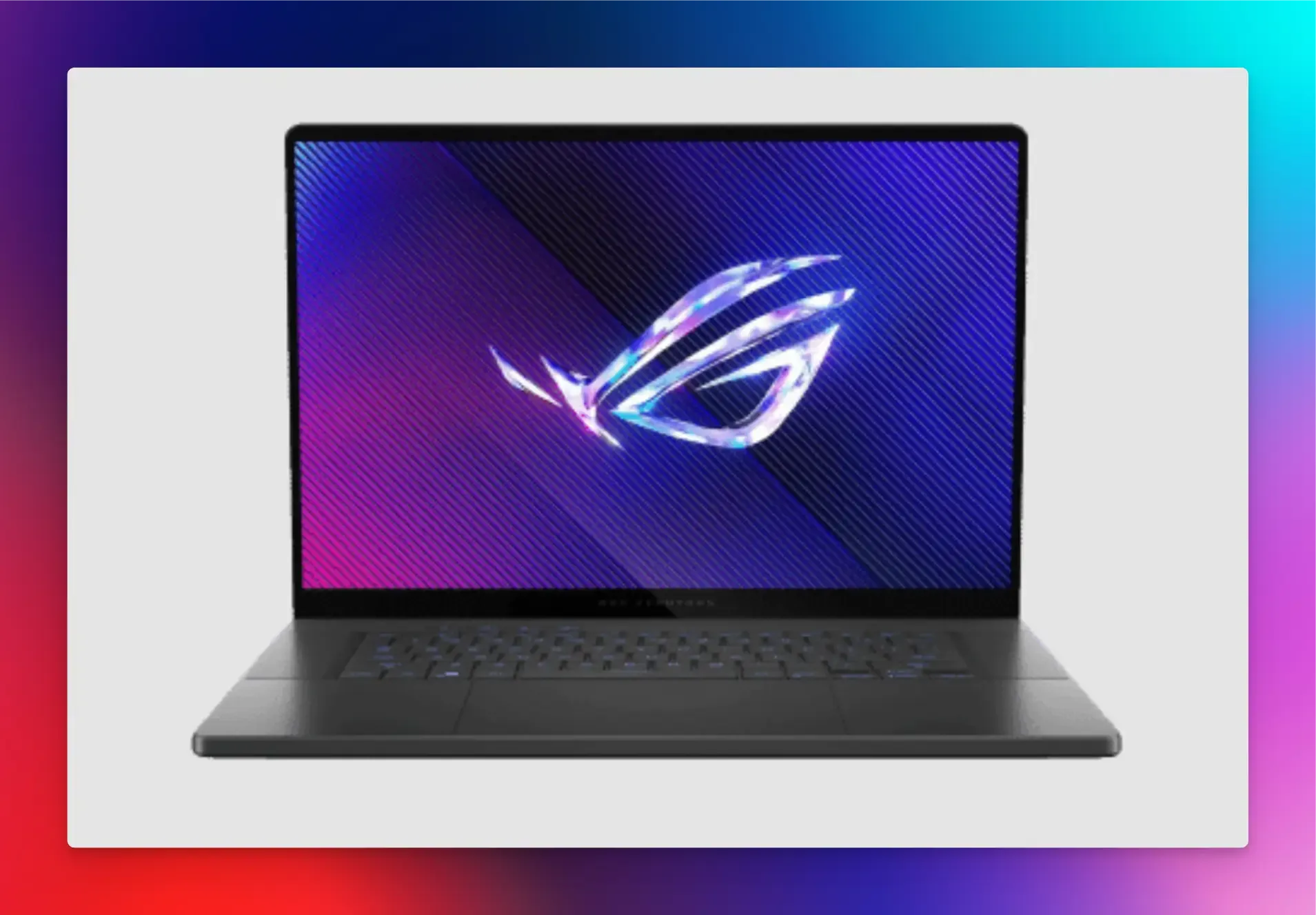
Zephyrus G16 is one of the best compact laptops for developers, especially those interested in game development, 3D modeling, or machine learning.
Despite its gaming-oriented branding, the G16 offers a great balance of portability and performance, making it a great choice for programmers.
- Processor: Intel Core Ultra 7 (8 core, up to 5.2 GHz)
- GPU: NVIDIA GeForce RTX 4070/4080
- RAM: 16GB
- Storage: 2TB SSD
- Display: 16” 2560 x 1600 240Hz OLED display
- Battery Life: Up to 10 hours.
Pros:
- Lightweight and portable.
- Best for multi-threaded coding tasks, compiling, and debugging.
- Professional design with solid build quality.
Cons:
- Can get heated under heavy workloads.
- Keyboard might not be comfortable for longer time periods.
Price: Starting at $1,599.
snappify will help you to create
stunning presentations and videos.
Final Words
Choosing the right laptop for development depends on your requirements, tools, and budget.
By understanding the essential features and specs, you can select a laptop that fits your working style and helps you stay productive.
If you like this article, check out our recent guides:
FAQs:
Which operating system Is best for developers?
The best operating system for development depends on your needs. Linux offers flexibility in backend, DevOps, and open-source work; macOS is essential for iOS/macOS apps; and Windows is ideal for broad application compatibility.
Are there any accessories that can enhance the development experience?
You can use an external keyboard, a high-resolution monitor, a comfortable mouse, noise-canceling headphones, and a laptop stand to improve comfort and productivity.
How can you prevent overheating and improve thermal performance in a programming laptop?
Look for laptops with efficient cooling systems, good ventilation, and multiple heat pipes to prevent overheating during intensive tasks.
